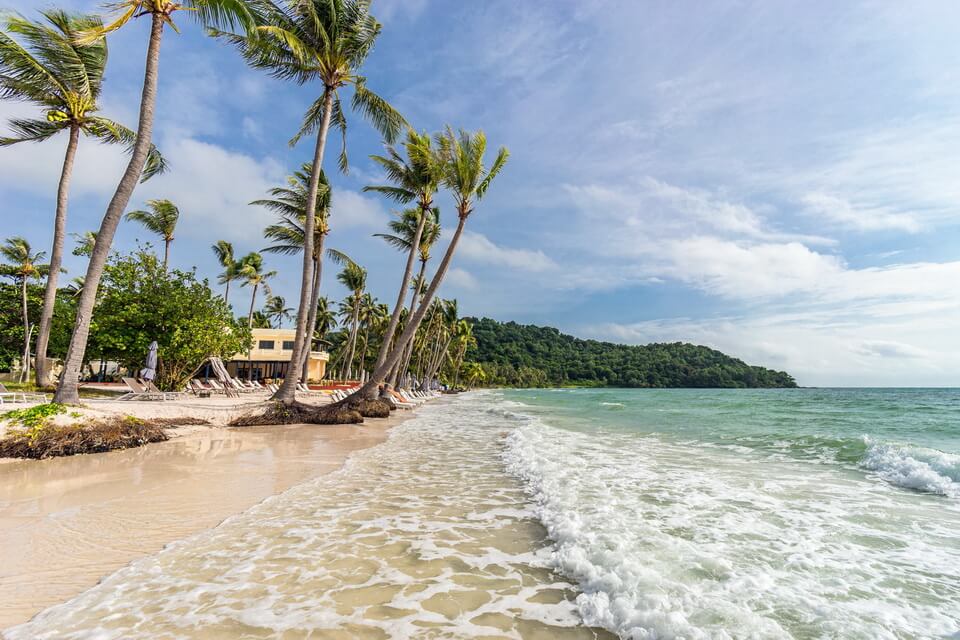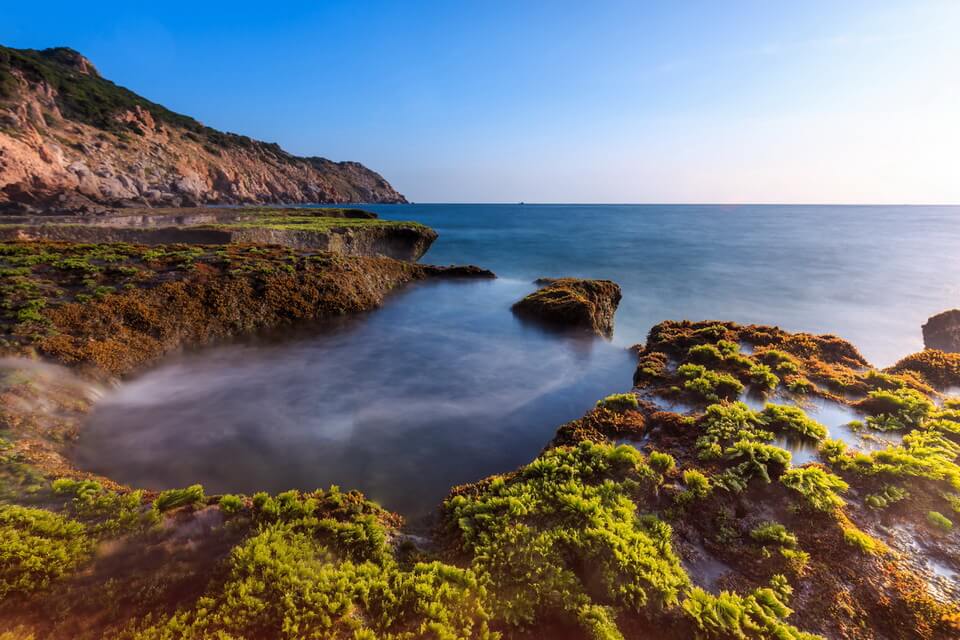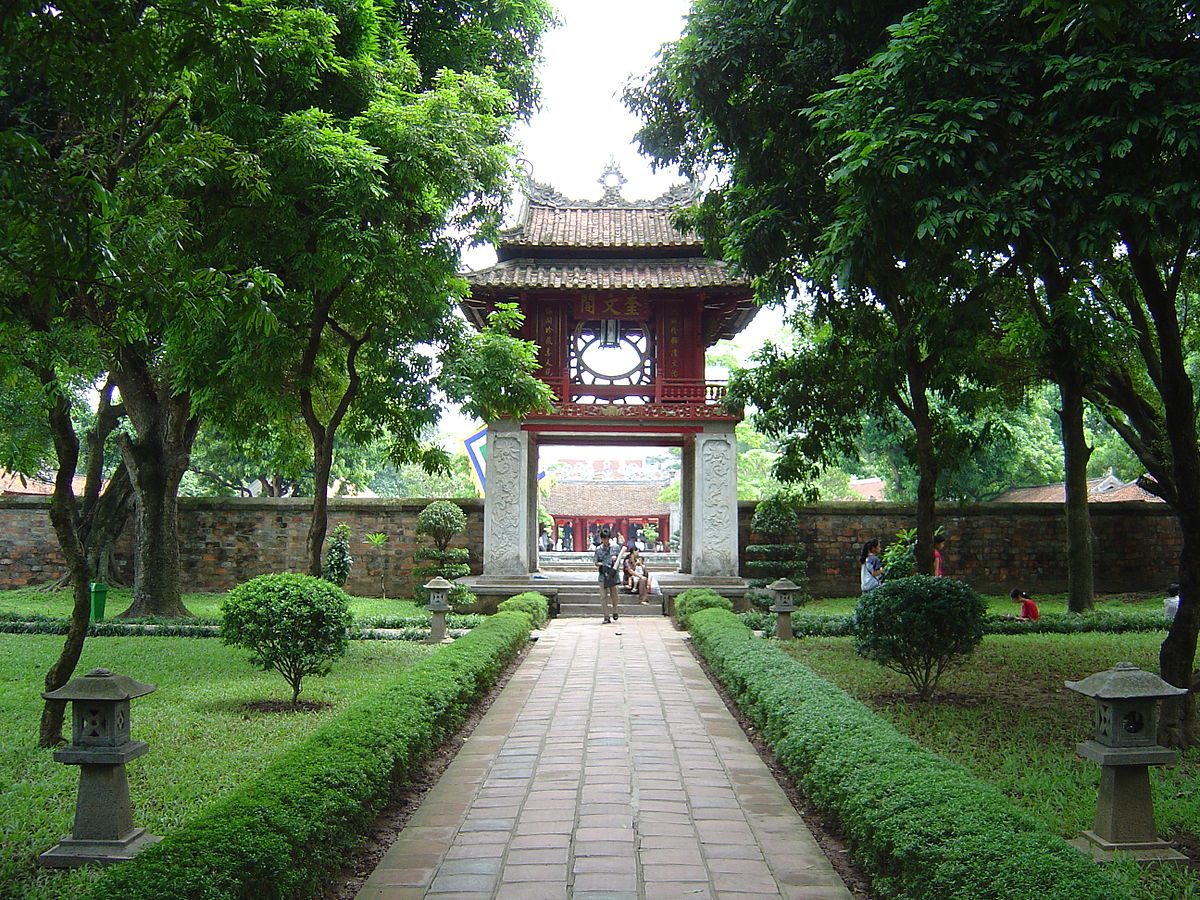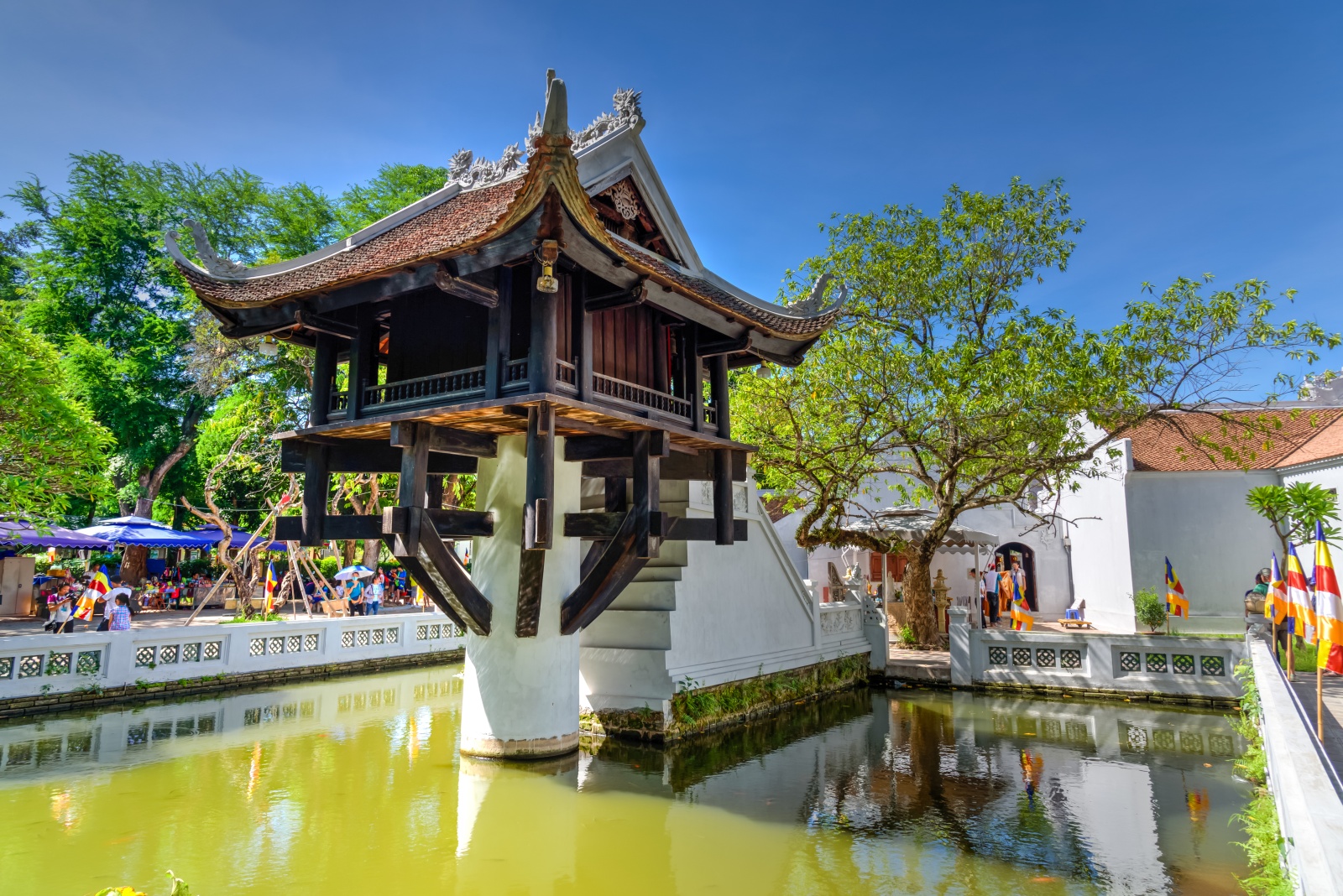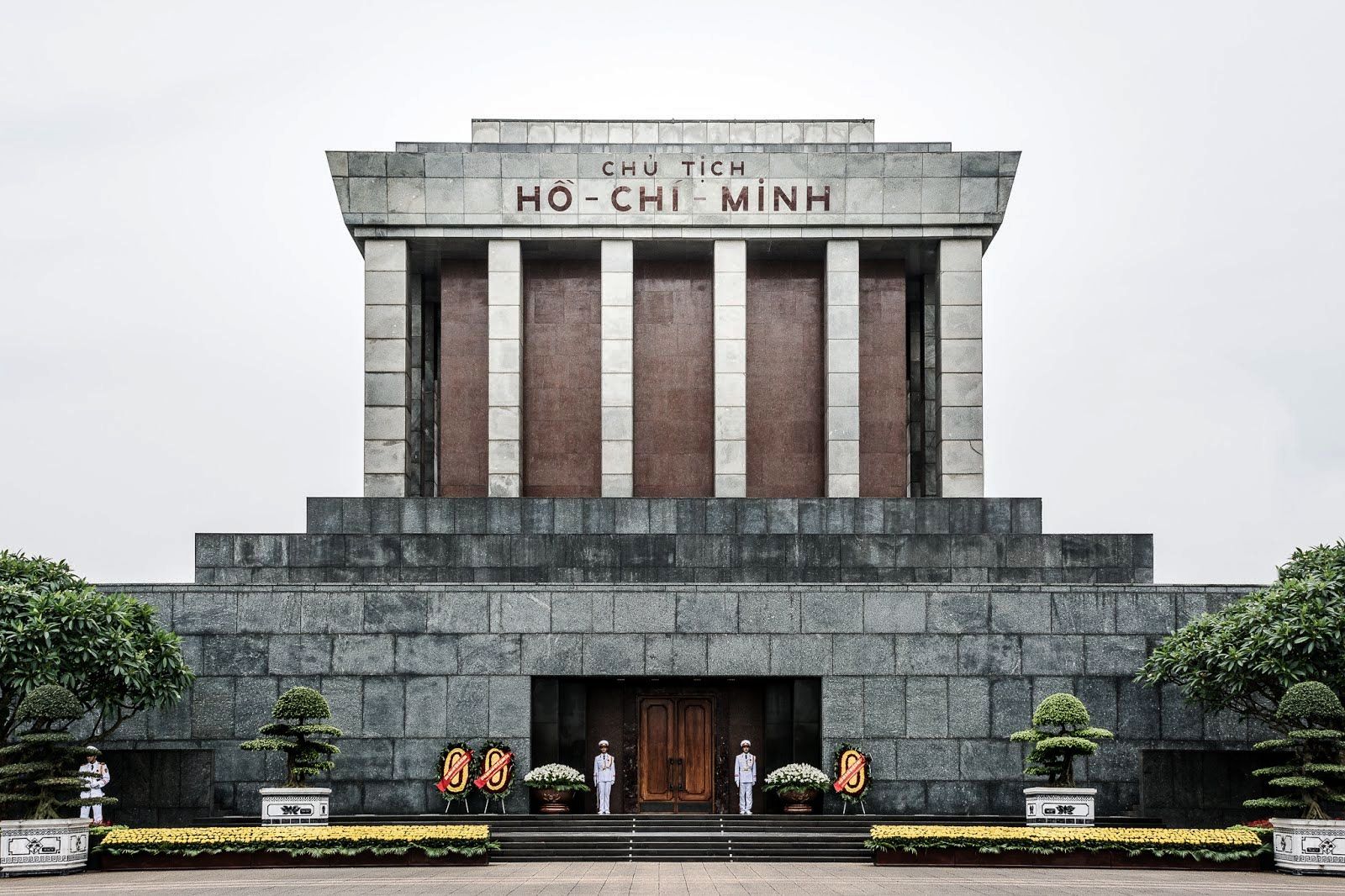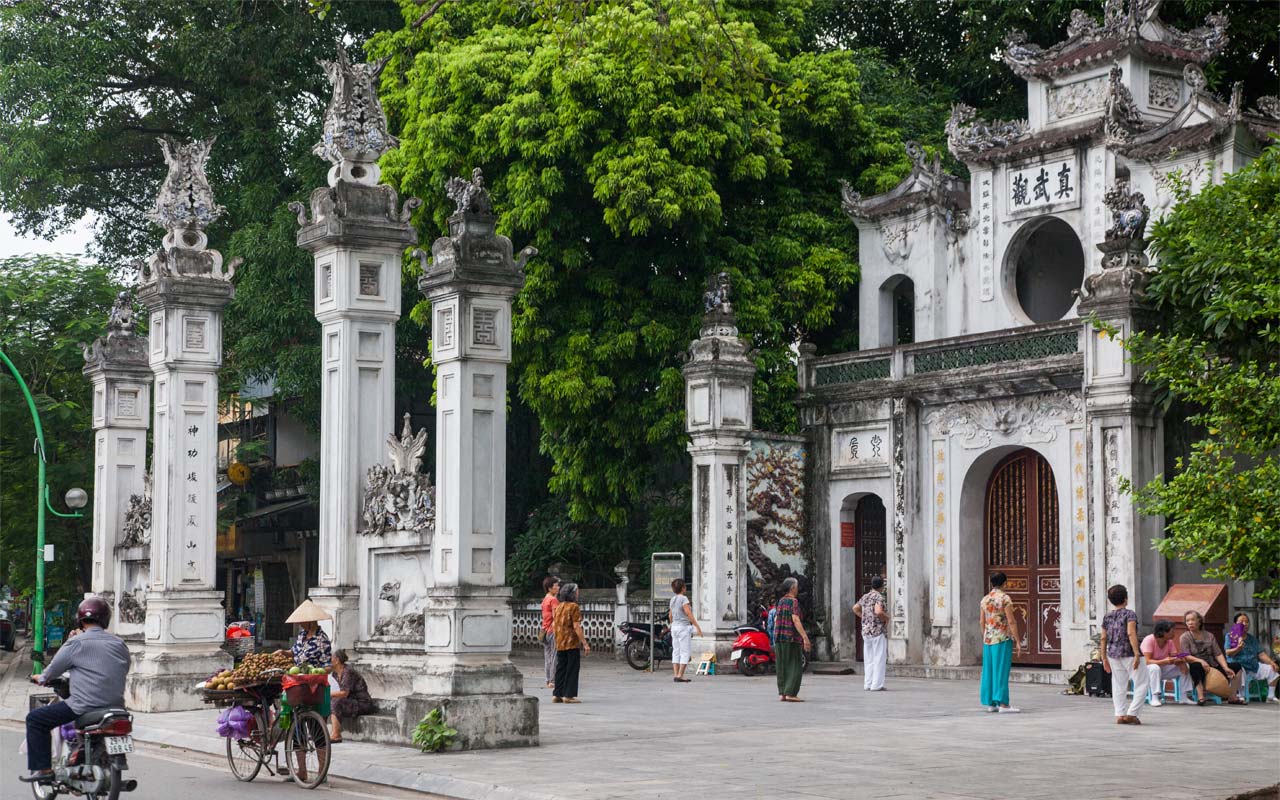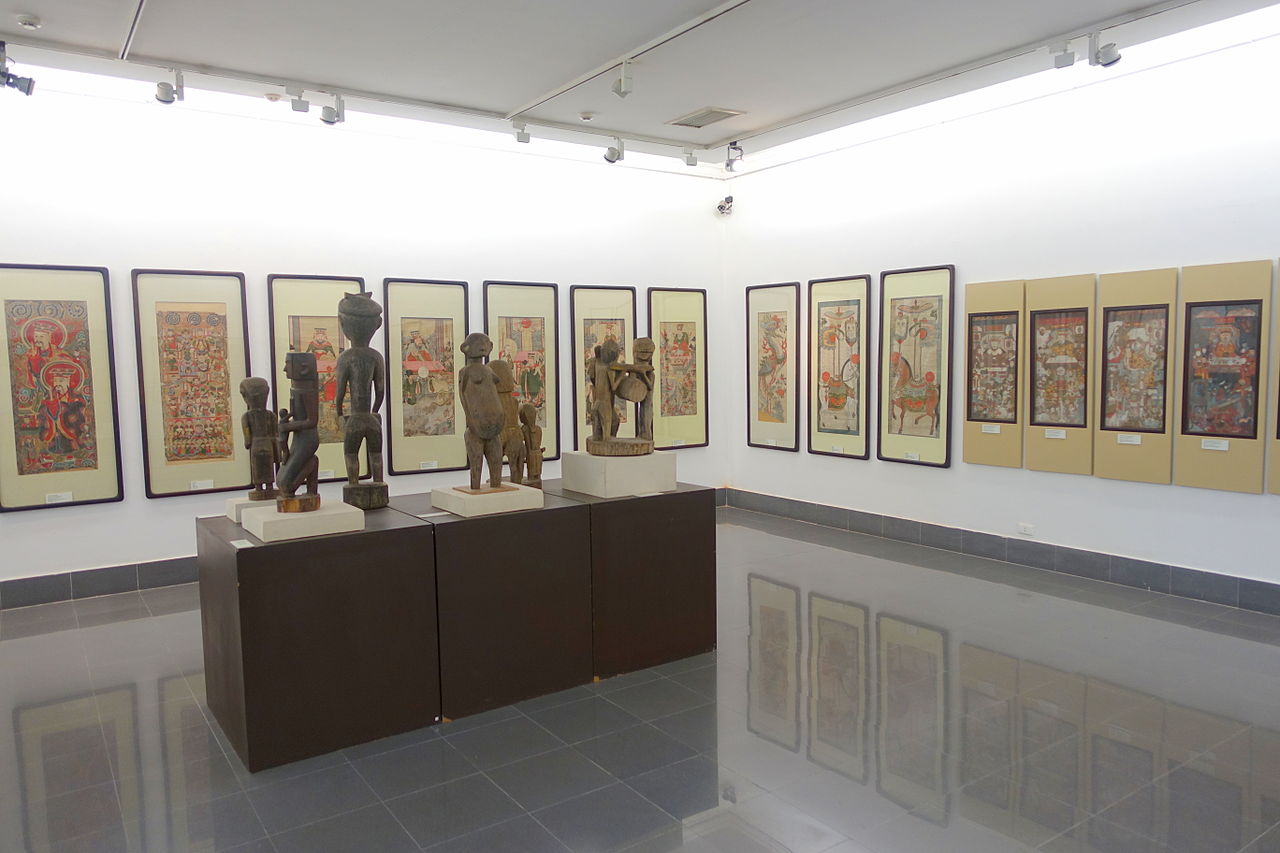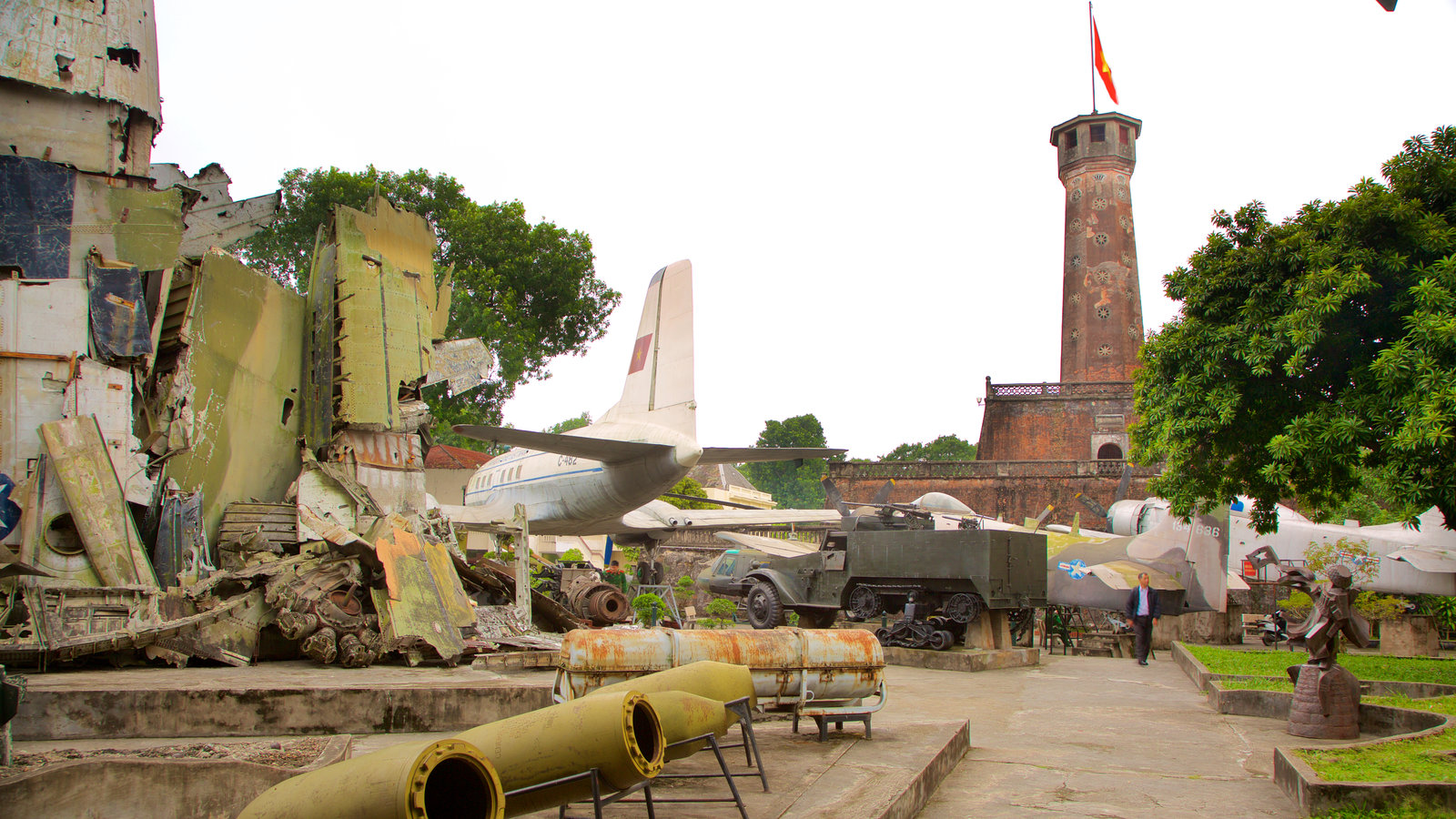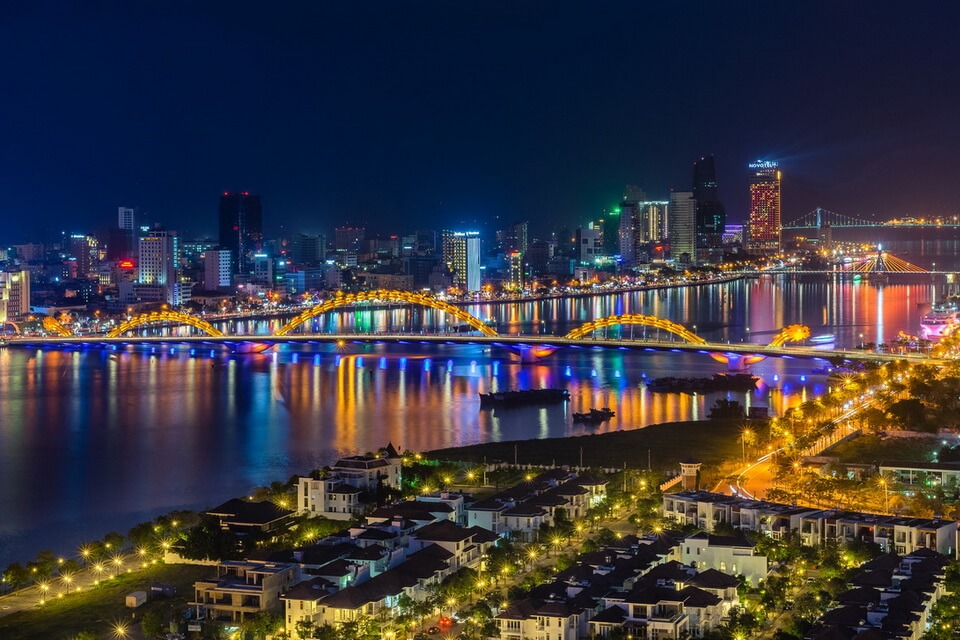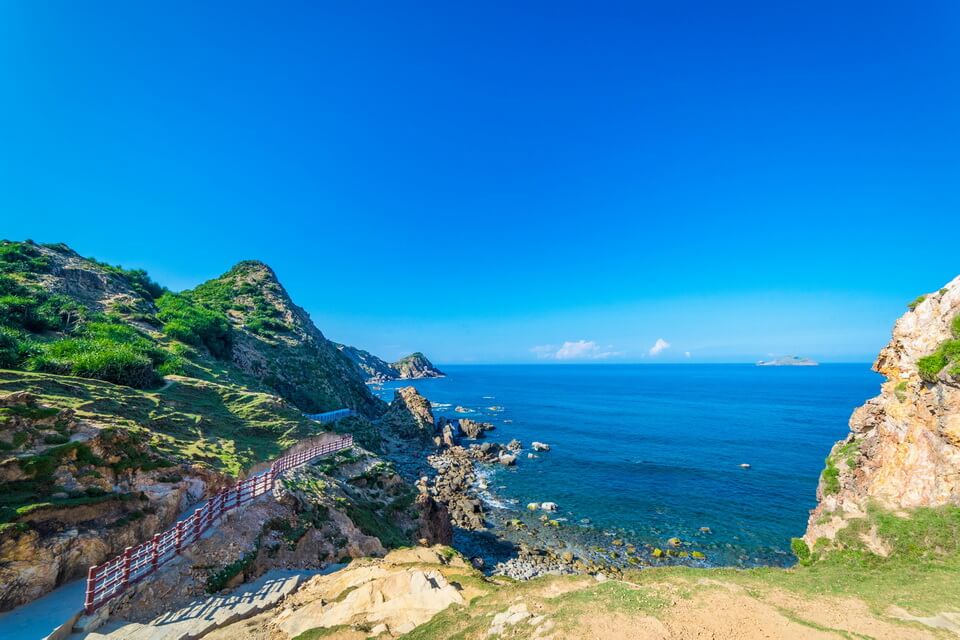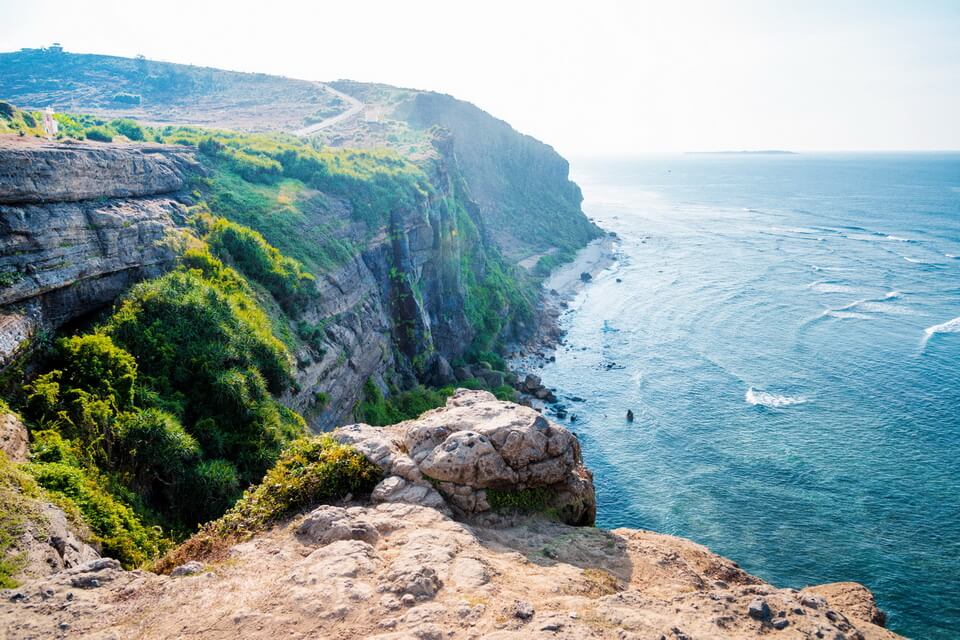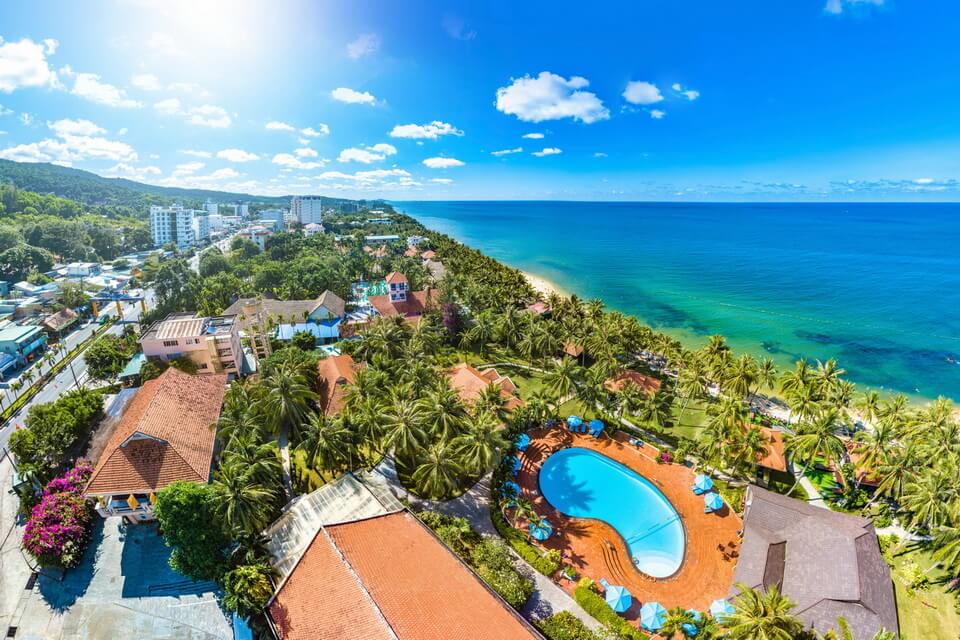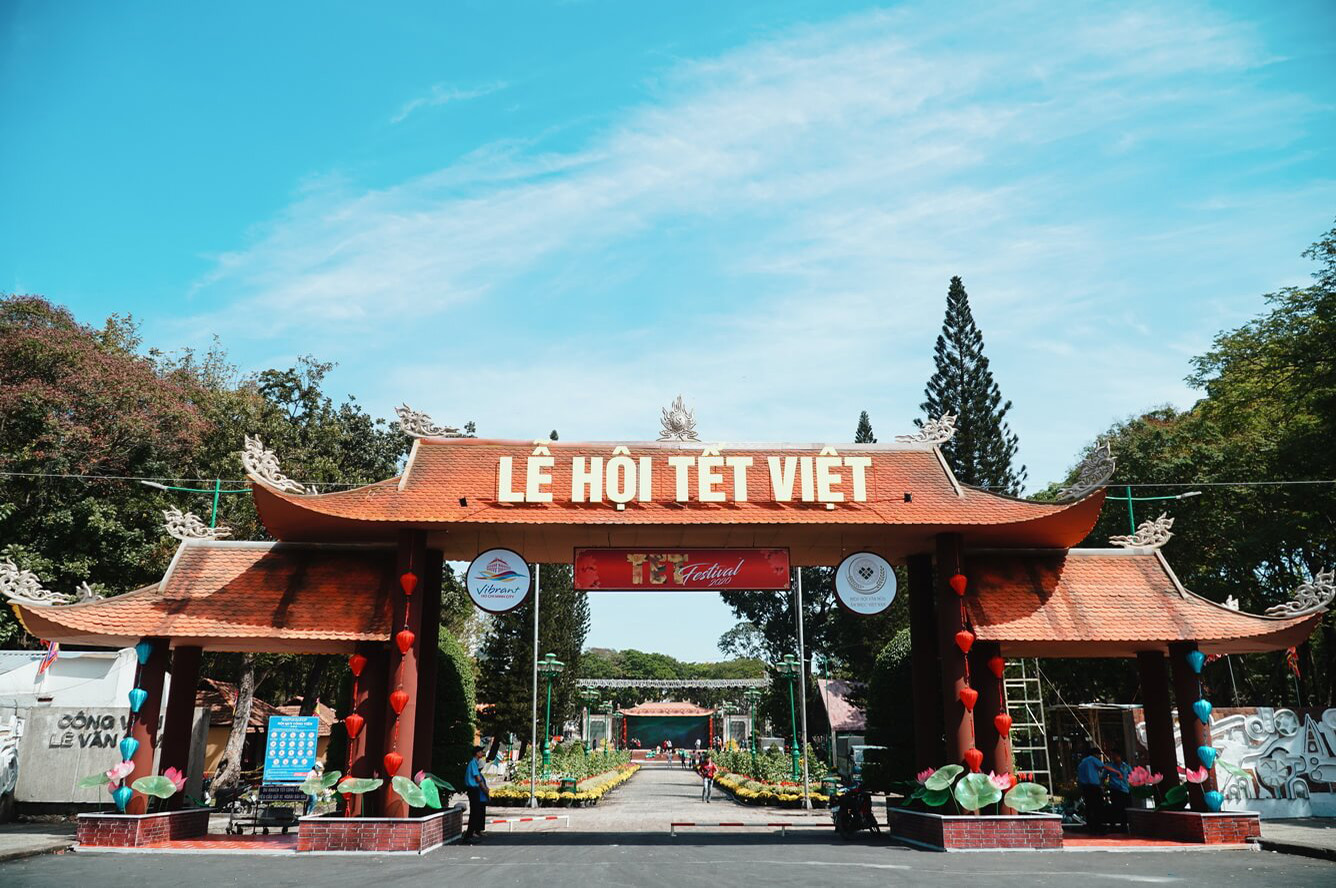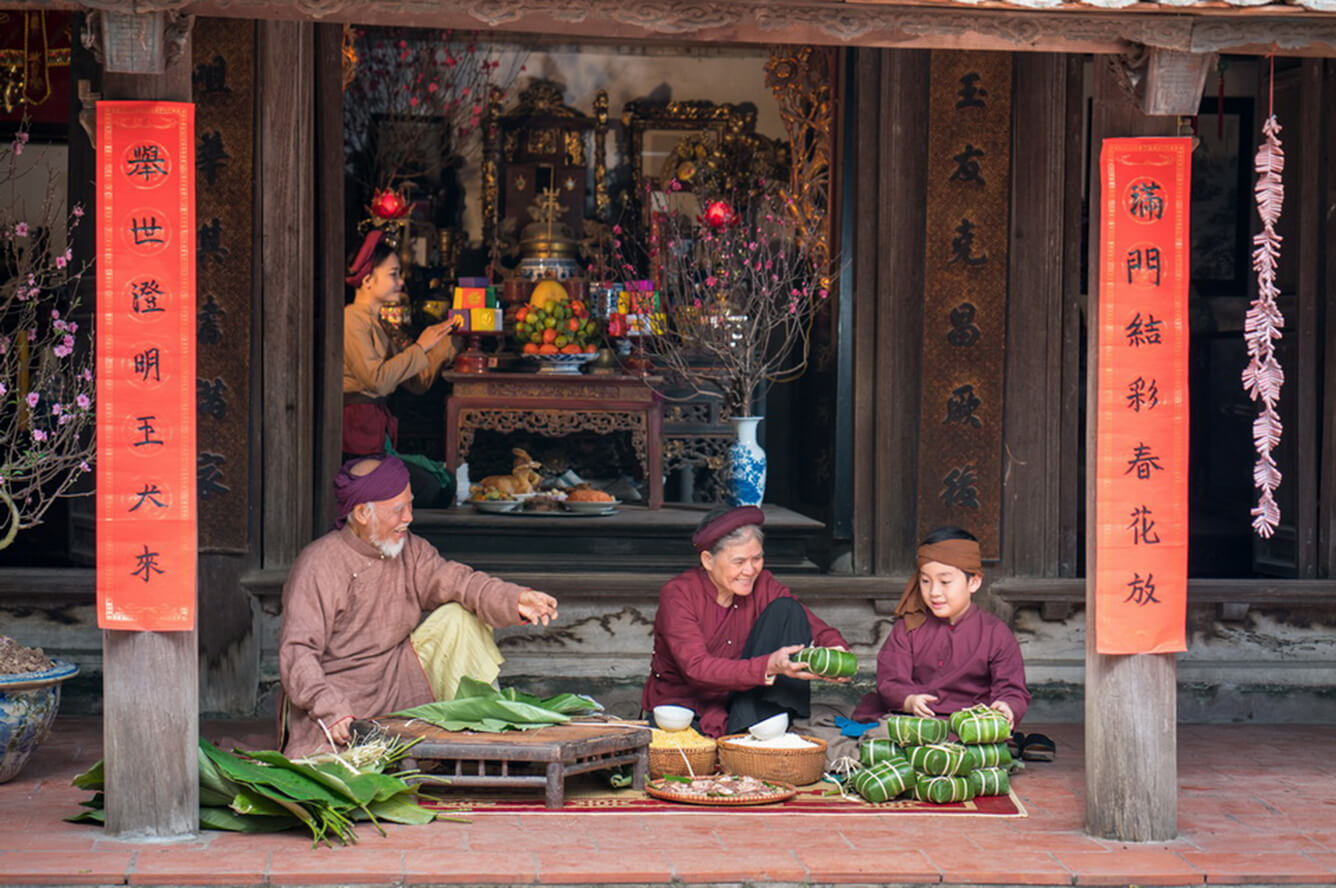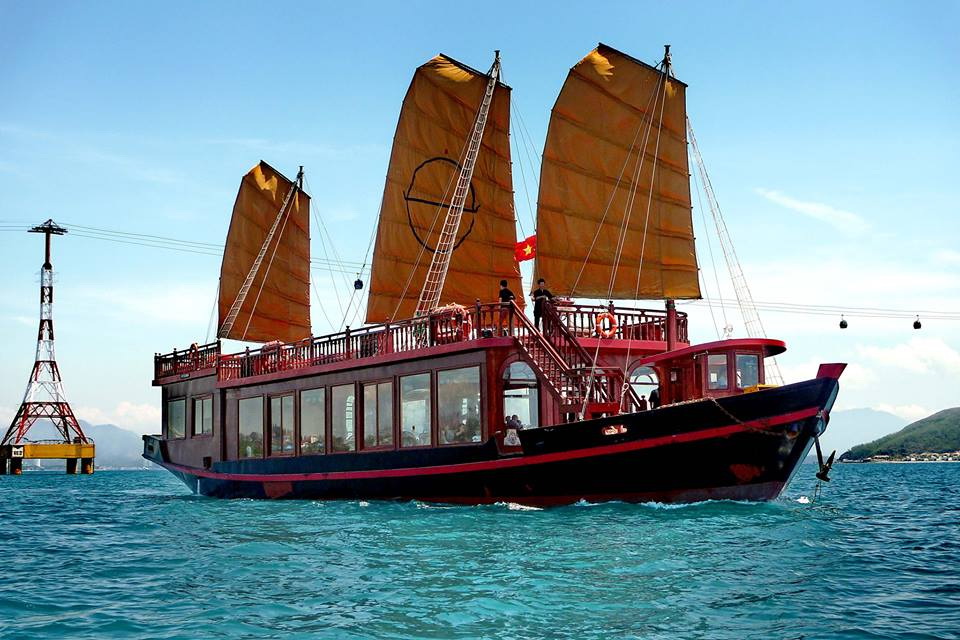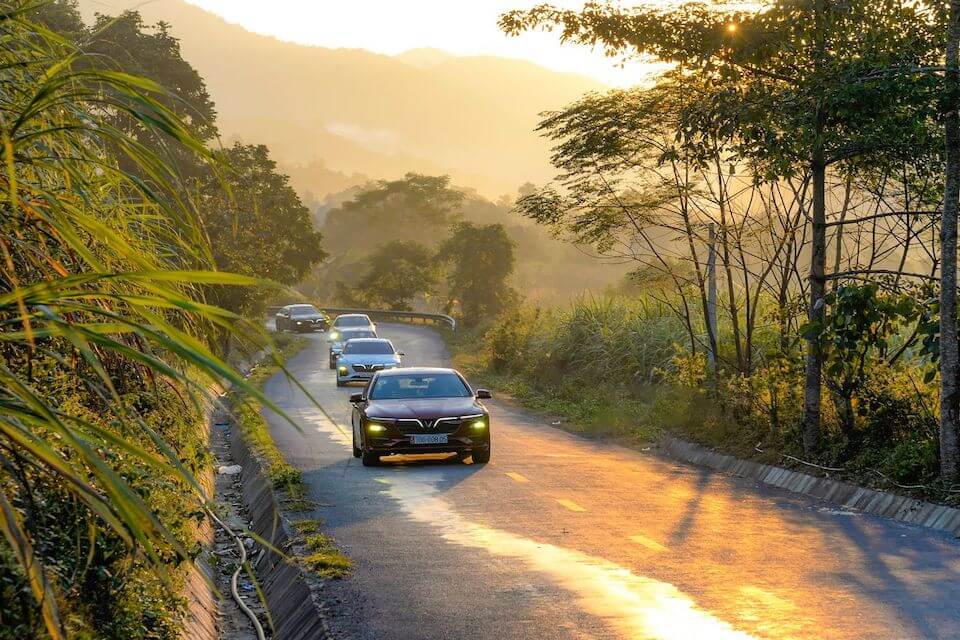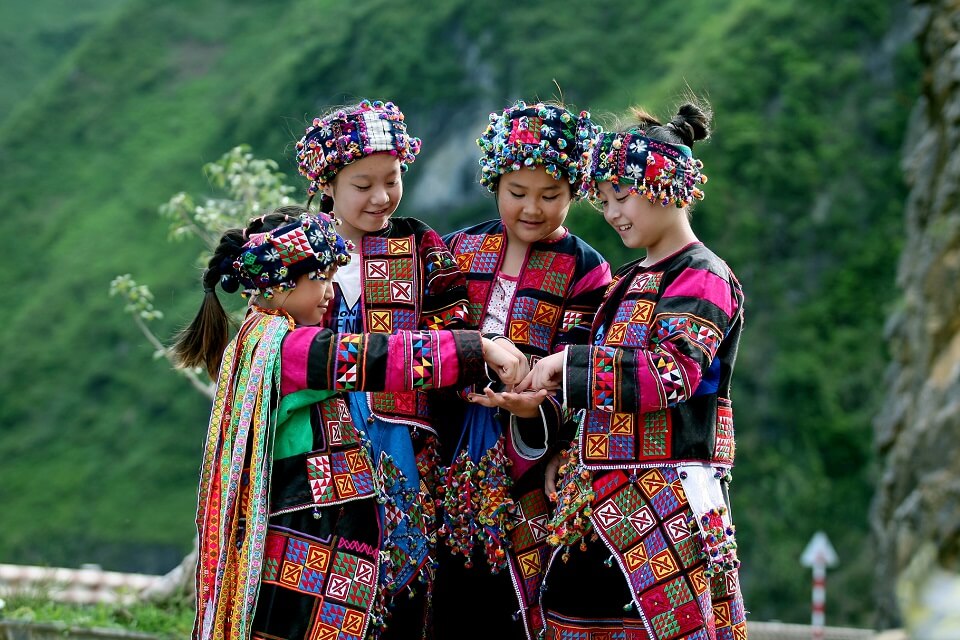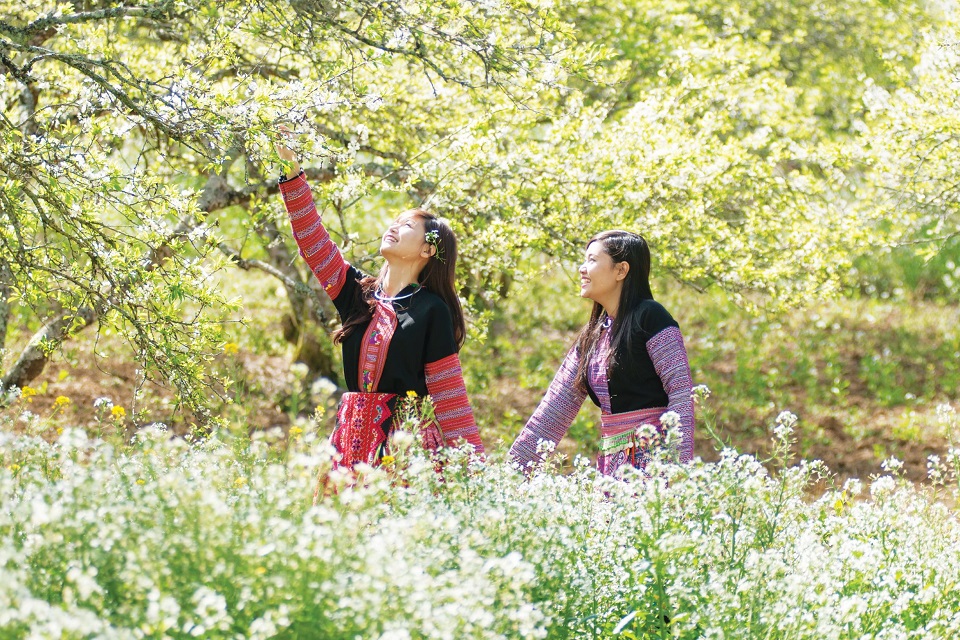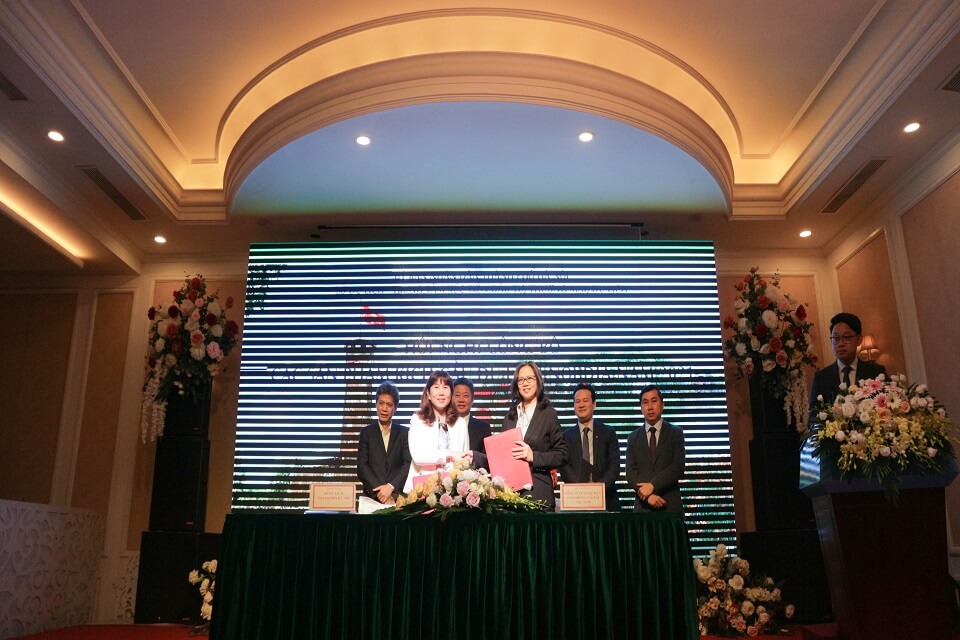1. Temple of Literature
The Temple of Literature, a 10-minute walk from Ba Dinh Square, is a charming temple complex in the centre of Hanoi that was originally built to be a centre of learning dedicated to the Chinese sage and scholar Confucius. Over the proceeding 1000 years many more buildings have been added and beautified o that now this large area is filled with ornate pavilions, shrines, and a rich garden. It has become a rite of passage for graduating doctors to visit The Temple of Literature and the whole place is steeped in Vietnamese history.
2. Imperial Citadel of Thang Long
The Imperial Citadel of Thang Long is an intriguing relic of Vietnam’s history and, signifying its historical and cultural importance, is now a UNESCO World Heritage Site. Standing 40 metres high, the central flag tower is the most recognizable feature of the Imperial Citadel and is often used as a symbol of Hanoi. This was the centre of ancient Hanoi and served as the political centre for eight centuries. Located in Ba Dinh, the Imperial Citadel of Thang Long is close to many other tourist attractions.
3. One Pillar Pagoda
One Pillar Pagoda is a modest temple is constructed from wood based on a single stone pillar crafted into the shape of a lotus blossom and has been rebuilt several times, most recently in 1955 when the base was destroyed during the French evacuation. The pagoda is often used as a symbol for Hanoi and remains one of the city’s most revered sights in a beautifully tranquil garden setting with benches provided for comfortable contemplation. The shrine inside the pagoda is dedicated to the Vietnamese Buddhist deity Quan Am with her effigy nestled inside the tiny three square metres temple.
4. Ho Chi Minh Mausoleum
Ho Chi Minh Mausoleum in Ba Dinh Square is one of the most visited attractions in Hanoi. It is the final resting place of Ho Chi Minh, the most iconic and popular leader of Vietnam, known to his people as ‘Uncle Ho’. His body is preserved here in a glass case at the Ho Chi Minh Mausoleum in central Hanoi (albeit against his wishes). Security is tight and visitors should dress with respect (no shorts, sleeveless shirts and miniskirts) and everyone has to deposit their bags and cameras before getting in. For visitors, a trip to Uncle Ho’s final resting place can be an extraordinary experience as it is not just an average attraction; it’s a part of a unique history.
5. Presidential Palace Hanoi
Presidential Palace Hanoi, established in 1900 by French architect Auguste Henri Vildieu, was intended to be Ho Chi Minh’s official residence but the Vietnamese leader had opted for a traditional Vietnamese stilt-house instead. The three-storey, mustard yellow building features 30 rooms built in colonial French architectural style, an orchard, carp pond, and a 91-metre long boulevard surrounded by lush gardens. As political gatherings are still held at Presidential Palace Hanoi, visitors are only allowed to explore the gardens and Ho Chi Minh’s stilt home.
6. Vietnam Military History Museum
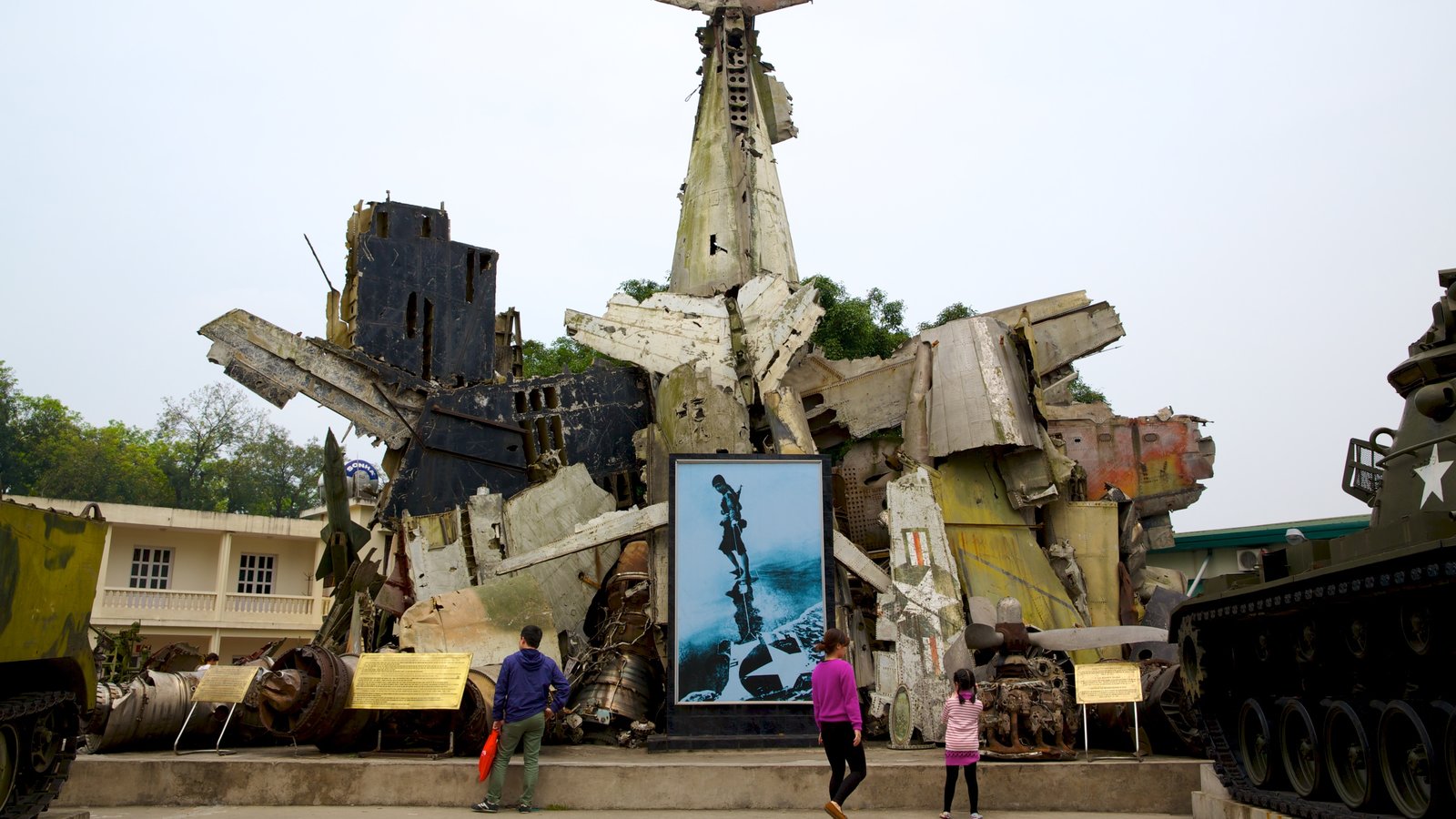

The Vietnam Military History Museum Hanoi, also known as the Army Museum, houses an extensive collection of weaponry that was used throughout Vietnam’s war-filled history. Ideal for history buffs looking to know more about the country, there are plenty of authentic war relics, weapons, and detailed accounts by former soldiers who have fought against the French and American forces. Notable attractions include the wreckage of an American B-52 bomber, an M107 self-propelled gun, and a military tank that had ploughed through the gates of Saigon’s Presidential Palace, thus ending the Vietnam War in 1975. You can also find classic propaganda videos, improvised weapons, a diorama of the Battle of Dien Bien Phu, and exhibitions of artefacts dating back to the Hong Bang Dynasty (2879 BC).
Located along Dien Bien Phu (next to Ba Dinh Square), entrance to the Vietnam Military History Museum Hanoi is priced at VND 30,000 and if you’re looking to photograph the displayed items, there’s an additional charge of VND 20,000. The museum is also a five-minute walk of notable landmarks such as the Presidential Palace, Ho Chi Minh Mausoleum, as well as botanical gardens and the stilt house of Uncle Ho.
7. Quan Thanh Temple Hanoi
Quan Thanh Temple Hanoi is an ornate Taoist temple in Ba Dinh District, where you can see local devotees praying for good fortune and health just about any time of the year. Built in the 11th century, it houses a tranquil courtyard and worship hall with a massive black bronze statue of Taoist deity Tran Vu, Vinh Tri II’s stele, and intricate carvings of animals and weapons. As one of the Four Sacred Temples of the capital, it gets especially lively during annual festivities such as Tet (Lunar New Year). Quan Thanh Temple is adjacent to the iconic West Lake and is less than 10 minutes away from Ba Dinh Square on foot.
8. Vietnam Fine Arts Museum
Vietnam Fine Arts Museum showcases both traditional and modern masterpieces by celebrated artists across the country. The museum occupies two buildings in Ba Dinh District, one of which is a former Catholic boarding school, where you can spend several hours marvelling at its many displays of fine arts from various time periods. Popular exhibits include ancient Champa stone carvings, unique statues of Guan Yin, the Goddess of Mercy, and lacquered effigies of Buddhist monks dating back to the Tay Son dynasty. Open daily, the Vietnam Fine Arts Museum also offers guided tours for VND 150,000.
9. Hanoi Flag Tower
Hanoi Flag Tower is one of the few historical structures in the city that has managed to survive Vietnam’s many years of French colonialism. Part of the Imperial Citadel of Thang Long, the brick tower was constructed during the Nguyen Dynasty in 1812, standing at 40 metres in height atop a three-storey pedestal. Located on Dien Bien Phu Street, visitors climbing to the top of the Hanoi Flag Tower can enjoy expansive views of Ba Dinh Square and Hanoi City Centre.
10. Cua Bac Church
Cua Bac Church, formerly called the Church of Martyrs, has been serving Hanoi’s Roman Catholic community since its establishment in 1932. Designed by French architect Ernest Hebrard, this religious site combines both art deco and traditional Vietnamese architectural elements, making it one of the most unique churches in Vietnam. Located at the intersection of Phan Dinh Phung and Nguyen Bieu Street, Cua Bac Church is within a 10-minute walk from several landmarks such as Ho Chi Minh Mausoleum, the Imperial Citadel of Thang Long, and Quan Thanh Temple.
Source Vietnam-guide

